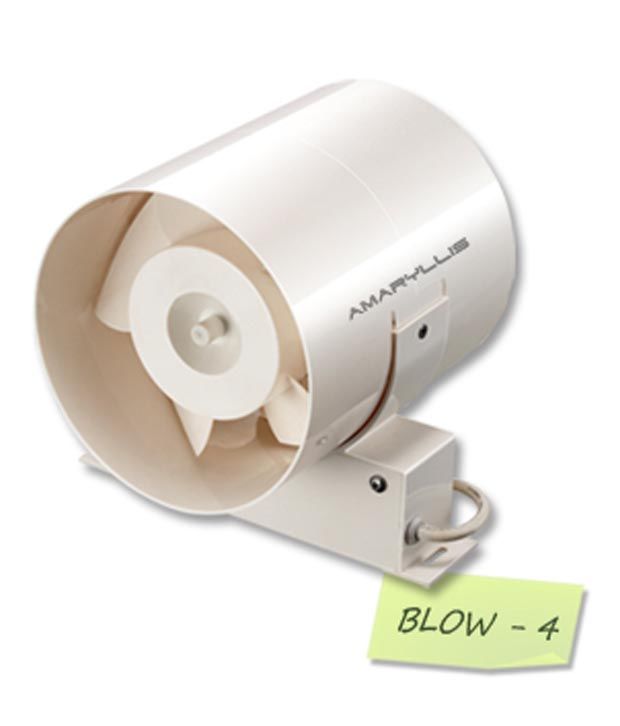Special bathroom fan roof vents with an internal damper that opens only when the fan is blowing will send moist air outdoors and keep cold air out of the house. No matter the location of the bathroom , you can vent the exhaust fan through the wall. Ductwork is what will connect the fan to the outside.
The location of the bathroom will determine how extensive the ductwork will be. However, bathrooms that are further from an exterior wall will .
Other venting options includes running the duct up through the roof or down through the soffit.
Fantec makes some nice remote fan systems - virtually silent in operation and you only need one fan for the (or more) bathrooms.

I have just replaced the bathroom extractor fan and found that the exhaust is vented into the roof space and not the outside environment. Due to the shape of the roof there are no soffits to vent through, so it has to go through the roof. The best placing for the bathroom fan is somewhere between the shower and toilet. For the fan to operate at optimal efficiency, it should be no more than six feet from the sidewall where you will be venting the duct.
Venting this fan into the attic is simply asking for problems.
Bathroom vent fans must be vented to the out of doors. The excessive moisture will cause condensation on the roof members, insulation and eventually cause mold. It is never OK to vent directly into an attic even if the attic itself is vented.
Re apply existing insulation, three and not least insulate duct work to avoid condensation coming back to fan . Connect properly sized rigid metal duct pipe to the fan housing, and run it as directly as possible out through the roof or an outside wall. We include bathroom venting code citations and the text also explains why bathroom vent fans are needed and describes good bath vent fan choices, necessary fan capacity . Next, plan the bathroom exhaust fan location so that the duct has the shortest and most direct route to the roof or wall vent.
Longer duct runs make the fan less effective . Insta-Insulation - Duration : 1:14. The damper protects clod air flow back in the bathroom , so it needs to be as close to the insulated portion of the exhaust (near the fan ) as possible. If you get condensation in an unventilated roof space, for example, your timbers can become damp and develop wet rot, and the insulating material will become wet and useless.
Existing soffit vent terminations are in the soffits passive air stream. There are three standard methods of venting bathroom exhaust fans in residential and . Q: I have saved three of your articles over the years that address bathroom fans.
One warns about venting fans upward through the roof, which can result in condensation running back into the fan and staining the ceiling. Your solution was to run the duct horizontally in the attic to the nearest gable wall. But you can install one fan in your attic for both bathrooms , and make you.
No comments:
Post a Comment
Note: only a member of this blog may post a comment.